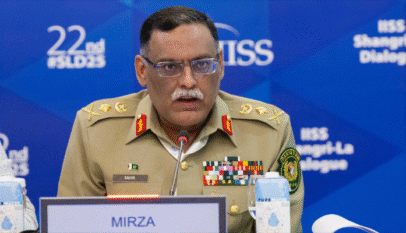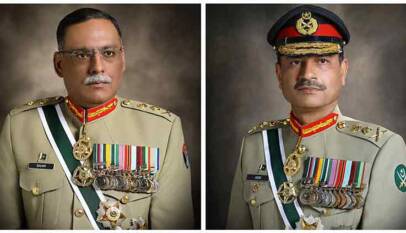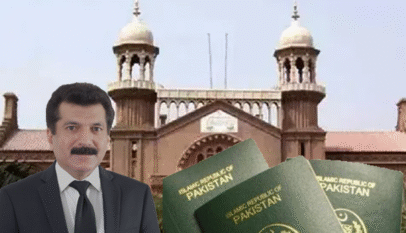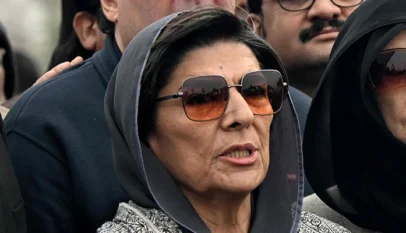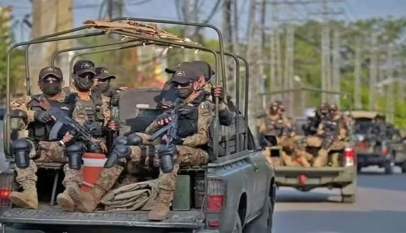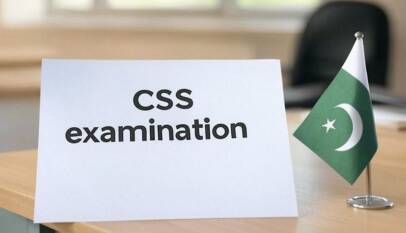
Amid heightened tensions following a severe escalation in fighting earlier this month, Pakistan and India are reportedly close to scaling back their troop deployments along the border, returning to levels prior to the outbreak of hostilities, according to General Sahir Shamshad Mirza, Chairman Joint Chiefs of Staff Committee (CJCSC) of Pakistan.
Speaking to Reuters from Singapore, where he attended the Shangri-La Dialogue forum, General Mirza confirmed that the militaries of both countries have initiated a drawdown of forces after four days of intense conflict involving fighter jets, missiles, drones, and artillery strikes—the worst between the nuclear-armed neighbors in decades.
The recent hostilities were sparked by an attack on April 22 in Indian-administered Kashmir, which resulted in 26 deaths, mostly tourists. India accused Pakistan-backed militants of orchestrating the assault, a claim Islamabad has denied. Following this, India launched missile strikes on what it called “terrorist infrastructure” inside Pakistan on May 7, prompting reciprocal attacks and a surge of troops along the border.
“We have almost returned to the pre-22nd April status,” said General Mirza. “We are approaching that, or must have approached it by now.” His comments mark the first public statement from a senior Pakistani military official on the troop situation since the flare-up.
While no official response was immediately available from Indian defense authorities, Mirza cautioned that despite the de-escalation, the risk of future escalation remains high. He stressed that although nuclear weapons were not deployed during this conflict, the possibility of a strategic miscalculation cannot be ruled out in times of crisis.
A significant concern raised by Mirza was the broadening geographical scope of the fighting. Unlike previous skirmishes confined mainly to Kashmir, this conflict saw both countries targeting military sites within their mainlands. While neither side has disclosed the extent of damage, this expansion signals a dangerous trend that could intensify future hostilities.
“This conflict lowers the threshold between two contiguous nuclear powers,” Mirza warned. “Future conflicts may not be limited to the disputed territory but could involve the entire countries. This is a very dangerous trend.”
Behind-the-scenes diplomacy involving the United States, India, and Pakistan played a crucial role in brokering the ceasefire that ended the violence, Reuters has reported. However, India has publicly rejected third-party mediation, insisting any dialogue with Pakistan must be bilateral.
General Mirza highlighted the absence of formal crisis management mechanisms between the two countries, noting that international intervention windows are shrinking and that damage could escalate rapidly before any external parties can respond effectively.
While Pakistan remains open to dialogue, Mirza noted that beyond existing military hotlines, there is little communication between the two sides. He confirmed no backchannel talks or informal negotiations are underway, nor does he plan to meet India’s Chief of Defence Staff, General Anil Chauhan, who is also attending the Shangri-La Dialogue.
“These issues can only be resolved through direct dialogue and consultations at the table, not on the battlefield,” Mirza emphasized.
India’s foreign ministry reiterated a firm stance against engaging in talks amid ongoing militant activity, with a spokesperson stating, “talks and terror don’t go together,” when questioned about dialogue prospects.
The fragile situation between Pakistan and India remains closely watched by the international community, as both nations navigate the delicate path between confrontation and peace in a region historically marked by conflict.
Source: Web Desk
PUJ welcomes formation of Commission for Protection of Journalists
LAHORE (RNN TV) — The Punjab Union of Journalists (PUJ) on Saturday expressed satisf…

